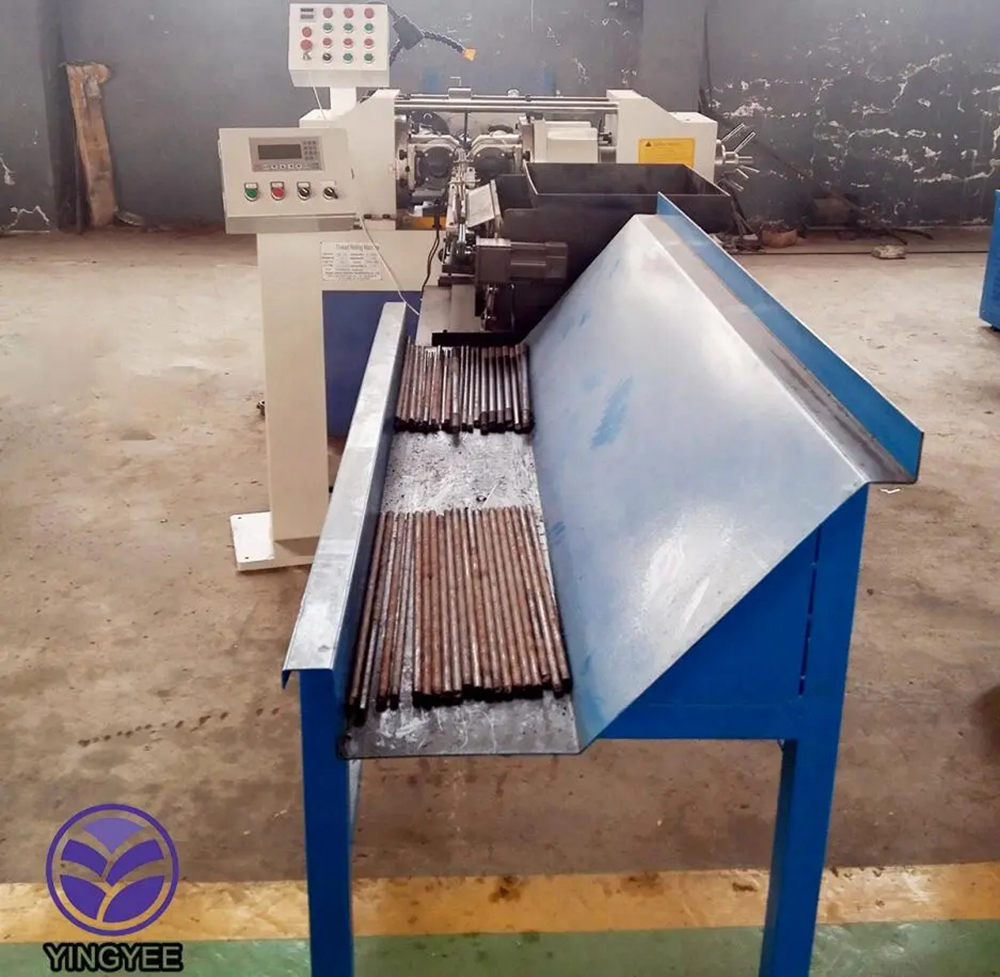
Stud and Track Drywall Forming Machines Revolutionizing Construction Efficiency
In the world of modern construction, efficiency and precision are paramount. One of the significant advances in this field is the stud and track drywall forming machine. These machines are engineered to streamline the process of creating drywall frames, which serve as the backbone of interior walls, ceilings, and partitions in commercial and residential buildings. Their impact on the construction industry cannot be overstated; they represent a convergence of technology and craftsmanship that enhances productivity while reducing labor costs.
What is a Stud and Track Drywall Forming Machine?
A stud and track drywall forming machine is specialized equipment designed to produce metal studs and tracks used in drywall systems. These components are integral in providing structural support for walls and ceilings, facilitating the installation of drywall sheets. The machine typically operates on a continuous feed basis, allowing it to work with coils of metal, which are fed into the machine and transformed into the necessary shapes through a series of processes, including cutting, bending, and punching.
These machines can produce different sizes and gauge specifications, accommodating varying project requirements. With precision engineering, they ensure symmetry and uniformity in the studs and tracks produced, which is critical for the overall integrity of the drywall system.
Advantages of Using Stud and Track Drywall Forming Machines
1. Increased Production Speed Traditional methods of fabricating drywall frames involve multiple manual processes that can be time-consuming. A stud and track forming machine automates this process, significantly speeding up production. This efficiency allows construction projects to stay on schedule and meet tight deadlines.
2. Cost-Effectiveness By automating the production of metal studs and tracks, contractors can reduce labor costs associated with manual fabrication. Fewer workers are needed on-site for framing, which translates to lower expenses. Additionally, the minimal material waste generated by these machines contributes to cost savings.

3. Consistent Quality Precision is crucial in construction, and inconsistencies can lead to structural issues and aesthetic problems. Stud and track forming machines offer a level of accuracy that is difficult to achieve through manual methods. The components produced are uniform in size and shape, which translates to a smoother installation process and a more durable structure.
4. Flexibility in Design These machines can be easily adjusted to accommodate different specifications. Contractors can produce various stud types and sizes quickly, adapting to the design needs of different projects without the need for extensive retooling or reconfiguration.
5. Enhanced Safety By reducing the amount of manual labor required, especially in tasks that involve heavy lifting and repetitive motions, these machines contribute to a safer working environment. Fewer workers on-site also mean reduced risk of accidents.
Applications in the Construction Industry
Stud and track drywall forming machines are widely used in various construction applications. From residential housing projects to large commercial buildings and industrial facilities, these machines are versatile enough to meet the demands of different scales and complexities. They are particularly useful in high-volume construction where speed and consistency are critical.
Moreover, the rise of prefabricated construction methods has further highlighted the importance of these machines. As the industry moves towards more off-site construction solutions, stud and track drywall forming machines play a key role in enabling factories to produce components efficiently.
Conclusion
The advent of stud and track drywall forming machines represents a significant leap forward in the construction industry. By enhancing production speed, reducing costs, ensuring consistent quality, and improving safety, these machines have transformed the way drywall systems are fabricated and installed. As the construction sector continues to grow and evolve, embracing such innovative technologies will be crucial in meeting the demands of modern building practices. Investing in stud and track drywall forming machines not only boosts operational efficiency but also positions companies to thrive in an increasingly competitive marketplace. As we look towards the future of construction, it's clear that these machines will remain integral to the industry's ongoing transformation.